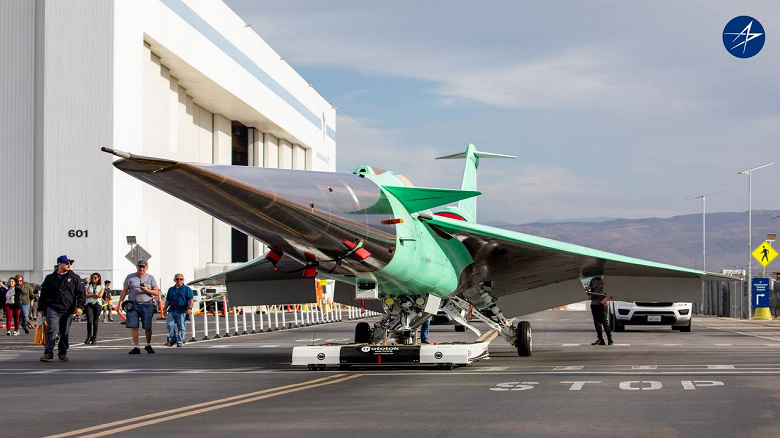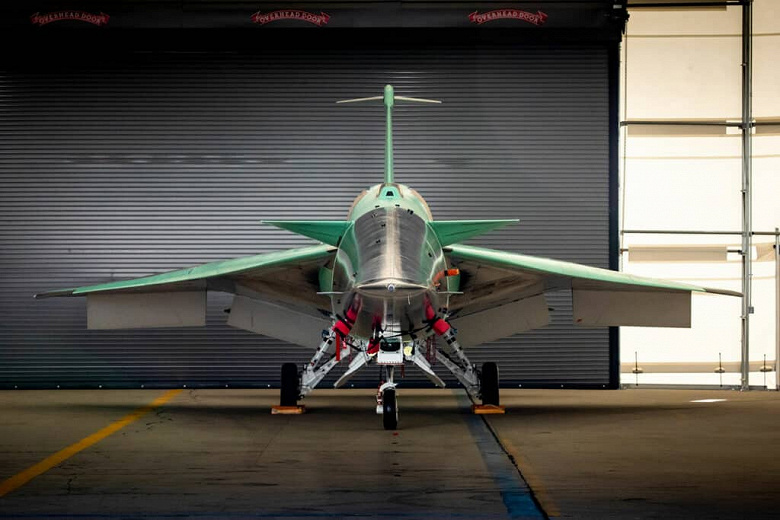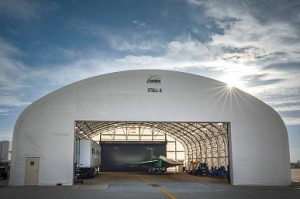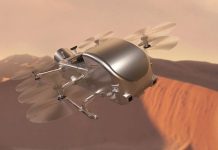Based on the X-59 QueSST, they are testing developments that will form the basis of a serial supersonic passenger aircraft
Developed by NASA and Lockheed Martin, the X-59 QueSST experimental supersonic aircraft is fully assembled and shown in photos published by NASA. It has already been rolled out of the hangar at the Lockheed Martin Skunk Works in Palmdale (California) and is being prepared for further tests, both ground and flight.


This is what a fully assembled NASA X-59 QueSST supersonic aircraft looks like.
Recall that in May, the head of NASA, Bill Nelson, speaking at a hearing in the Senate of Congress, said that the first flight of the X-59 would take place this year.


The NASA X-59 research aircraft is designed to demonstrate the ability of a passenger airliner to fly at supersonic speeds (above Mach 1). It is assumed that the developments implemented during the creation of the X-59 QueSST will reduce the sonic boom that accompanies the transition to supersonic. The X-59 QueSST will be able to climb to a height of 17 km, and its cruising speed will be 1510 km / h – almost twice the speed of a standard passenger aircraft.




